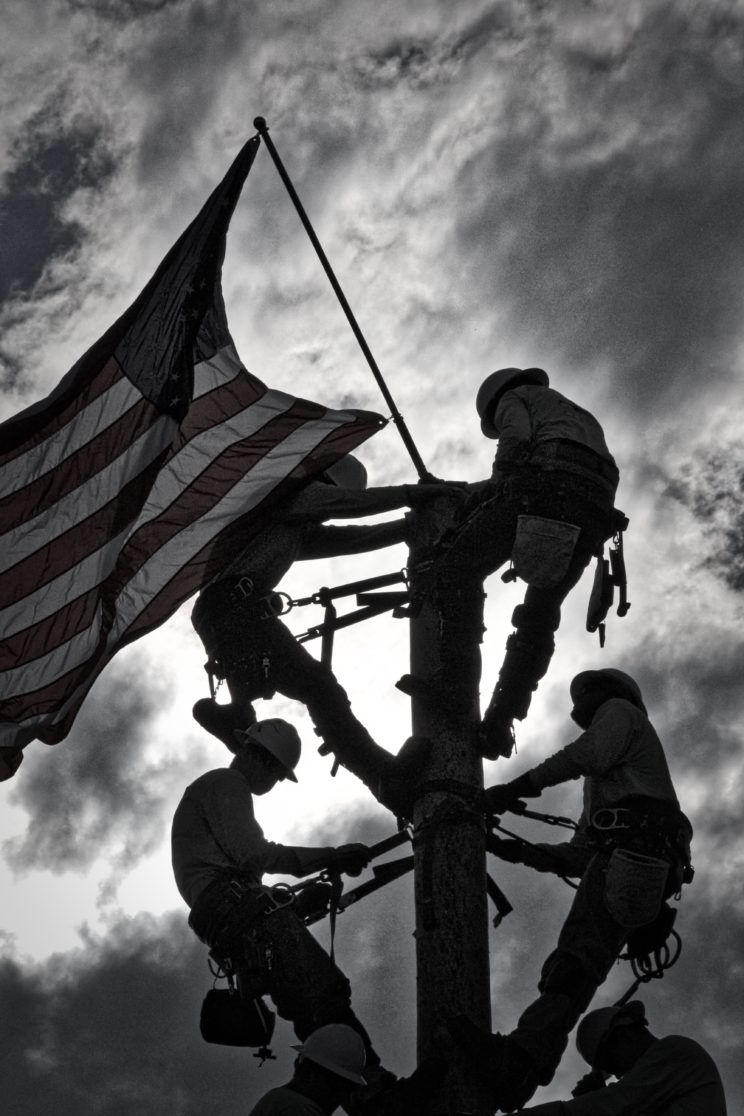Reflect and Honor: May is Military Appreciation Month
While enjoying various Memorial Day festivities this month, please join us in pausing to reflect on the sacrifices of our country’s veterans and their families. We are especially thankful for those who gave the ultimate sacrifice so that we can enjoy the freedoms their service affords us in this great country of ours.
May is Military Appreciation Month, and in the words of John F. Kennedy, “As we express our gratitude, we must never forget that the highest appreciation is not to utter words, but to live by them.”

At Singing River Electric, we are grateful to have veterans within our ranks, and we are proud to serve veterans and their families within our local community. In addition to providing safe, reliable and affordable energy, we care for the veteran community and show our appreciation through our actions and ongoing commitment to them and their families.
Not only do we pause on Memorial Day to remember the sacrifice and service of those who gave all, but the month also holds several other military anniversaries and events, including Military Spouse Appreciation Day on May 8, and Armed Forces Day on May 16.
Singing River Electric is proud to be a part of the electric cooperative network that honors and supports veterans of all ages, ranks and branches of the military. Please join us in taking a moment to show your appreciation to a veteran––not just this month, but every month.
Anne Prince writes on consumer and cooperative affairs for the National Rural Electric Cooperative Association, the national trade association representing more than 900 local electric cooperatives. From growing suburbs to remote farming communities, electric co-ops serve as engines of economic development for 42 million Americans across 56 percent of the nation’s landscape.


